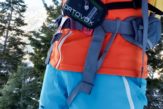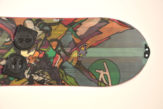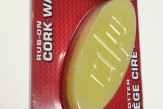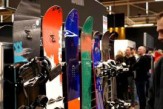How Does a Splitboard Work?
Splitboarding started as a way to access the backcountry in a more efficient way than hiking in boots or using snowshoes. The history of the splitboard is somewhat misunderstood, and not well documented. There have been many influential people like Brett “Cowboy” Kobernick.
There are a few things that make a splitboard work and allow hikers to climb up the mountain without sliding back down. Take a look at the key components that make a splitboard work.
Divide and Conquer
Free Heel
Splitboard bindings when connected to the
Skins
Splitboard Skins were originally made from seal skins, which is how they got their name. Modern splitboard skins are made from nylon with tiny fibers that lay down in a directional pattern. Skins attach to the base of each ski usually with a nose and tail clip and a sticky backing to adhere to the base of the ski. Skins provide an amazing amount of traction on snow, and have been proven over and over as the chosen method for hiking efficiently in snow.
Why use Splitboard Skins?
Splitboard skins provide a number of advantages over snowshoes, boot hiking or splitboarding with out skins. Some of the advantages are:
- Skins provide a solid platform for efficient climbing by limiting the amount of back slide
- Skins also save a lot of time,
Some disadvantages to skins
Skins are prone to damage, snow globbing, and maintenance. Although the fibers on skins are directional when descending, there is not a lot of movement under foot. You don’t get the sensation of skiing when descending with skins on. This makes them rather inefficient in variable terrain.
Skins need to be taken care of, some ways to care for your skins are:
- Hang your skins up to dry after use
- Don’t stick your skins together, use a piece of plastic or special skin separator to keep the glue fresh
- Make sure your skins are cut to fit your ski, and any loose pieces are trimmed to keep them from collection and pre-maturely creating damage
Two half’s equal a whole lot of fun
Chapter 1: The Basics of Splitboarding
Chapter 2: How Does a Splitboard Work?
Chapter 3: What do I need to get started?
Chapter 4: Should I make or buy a Splitboard?
Chapter 5: What types of Splitboards are there?
Chapter 6: What type of Splitboard bindings are there?
Chapter 7: What types of Splitboard boots are there?
Chapter 8: What are the risk of Splitboarding











